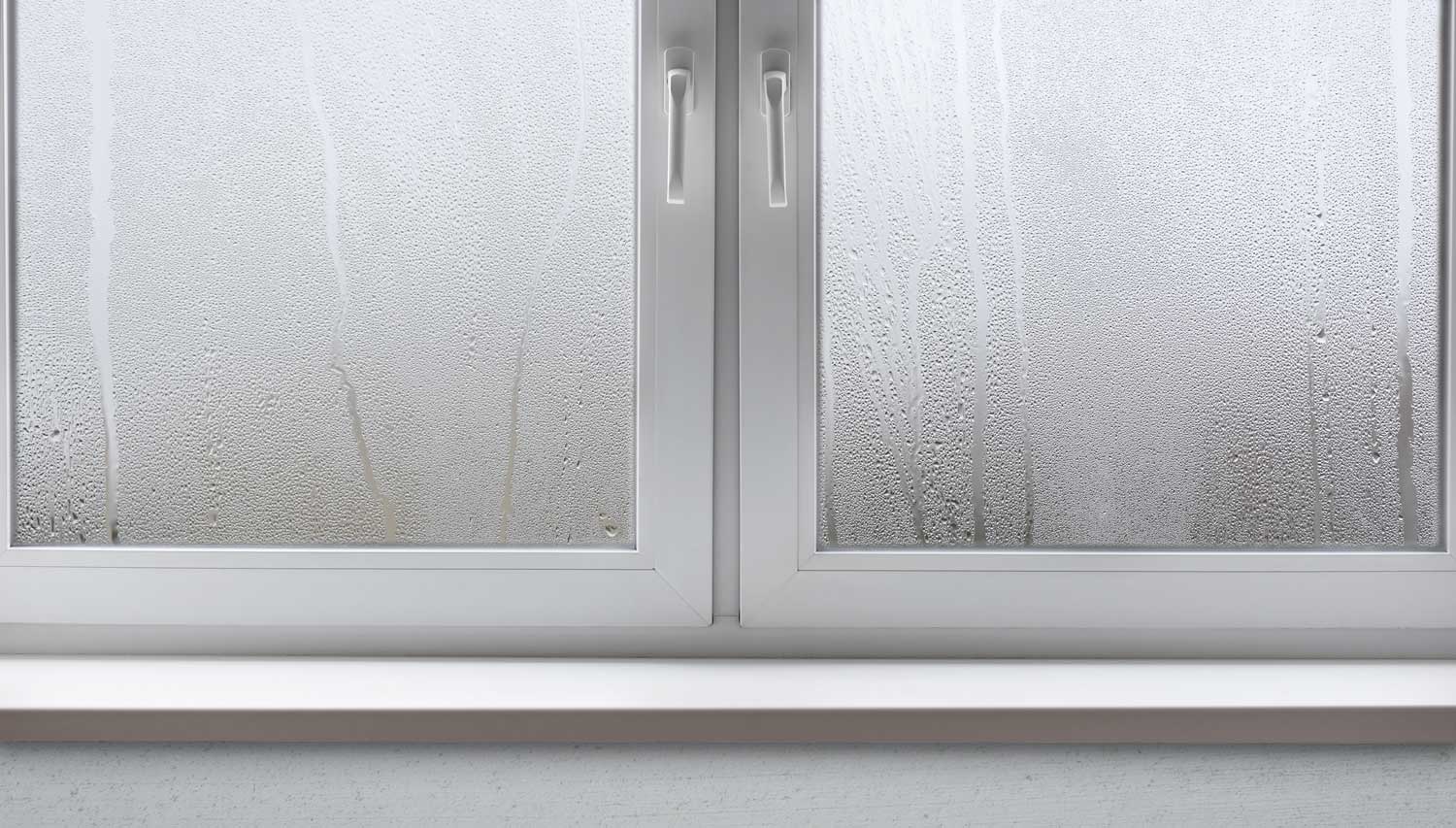
There’s nothing more frustrating than a foggy window blocking your beautiful view of the outside world. Whether it's a gentle morning mist trapped between the glass or an annoying layer of condensation making your window look cloudy and dull, you don’t have to live with it.
The good news? You can fix a foggy window with a little know-how. Whether the fog is on the inside, outside, or between the panes, I’ll guide you through the best ways to clear things up—step by step.
Why Do Windows Get Foggy?
Before we start fixing, let’s understand the root of the problem. Foggy windows happen because of moisture buildup. But the source of that moisture depends on where the fog appears.
| Where the Fog Appears | Why It Happens | How to Fix It |
|---|---|---|
| Inside the window (room side) | Warm, moist indoor air touches a cold glass surface | Improve airflow, reduce humidity |
| Outside the window | Warm, humid outdoor air meets a cool glass surface | No fix needed—it clears on its own |
| Between the glass panes | Broken window seal allows moisture inside | Repair, replace the glass, or install a new window |
If your fog is forming between the panes of a double-pane window, this means the insulated seal has failed—and unfortunately, wiping the glass won’t help. But don’t worry, I’ll walk you through solutions!
How to Fix a Foggy Window
Fixing Surface Condensation (Inside or Outside the Window)
If your foggy window is caused by condensation forming on the surface, the fix is relatively simple. This usually happens in bathrooms, kitchens, and bedrooms where humidity levels are high.
- Increase ventilation – Open windows and doors to let fresh air circulate.
- Turn on exhaust fans – Use fans in bathrooms and kitchens to pull moisture out.
- Use a dehumidifier – Removes excess moisture from the air.
- Seal air leaks – Apply weather stripping or caulking to stop warm air from touching cold glass.
- Wipe down the glass – A quick fix, but it won’t solve the root issue.
Fixing Fog Between Window Panes (Broken Seal & Trapped Moisture)
If your window fog is trapped between the panes, that means the seal has failed, and moisture is now inside the glass. This is common in older double-pane or triple-pane windows, where the protective gas (like argon) has leaked out, allowing air and humidity to creep in.
Here’s what you can do:
Option 1: DIY Defogging (Temporary Fix)
This won’t restore the window’s insulation, but it can clear up the fog for a while.
1. Drill a small hole at the top and bottom of the glass pane (only on the inside layer).
2. Spray rubbing alcohol or anti-fogging solution inside to absorb the moisture.
3. Let the window dry out completely.
4. Seal the holes with clear epoxy, silicone, or install a small vent plug.
Pros: Cheap, quick, and DIY-friendly.
Cons: The fog may return over time since the insulated seal is still broken.
Option 2: Replace the Glass Pane (Best Long-Term Fix for Sealed Windows)
If the window frame is still in good condition, but the glass unit is fogged up, you can replace just the glass instead of the entire window.
How to replace the foggy glass pane:
1. Measure the glass size and order a replacement Insulated Glass Unit (IGU).
2. Carefully remove the old glass pane using a putty knife.
3. Install the new IGU, making sure it’s properly sealed.
4. Reinstall the window trim and seal the edges with caulk.
Pros: Less expensive than replacing the entire window.
Cons: Requires precision and professional installation is recommended.
Option 3: Replace the Entire Window (Best for Old Windows)
If multiple windows are fogging up, or your frames are in poor shape, the best solution might be to replace the entire window unit.
Benefits of upgrading to new windows:
- Energy-efficient glass prevents future fogging.
- Improved insulation lowers energy bills.
- Newer Low-E coatings reduce condensation.
Pros: Permanent solution, best for long-term energy savings.
Cons: Most expensive option.
How to Prevent Foggy Windows in the Future
You’ve fixed your foggy windows—great! Now, how do you stop them from fogging up again?
- Use a dehumidifier – Reduces excess indoor moisture.
- Keep air circulating – Use ceiling fans and open vents.
- Weatherproof your home – Sealing air leaks reduces window condensation.
- Upgrade to Low-E Windows – Special coatings prevent temperature imbalances that cause fogging.
- Check for leaks – Regularly inspect window seals to catch issues early.
Foggy windows don’t have to be a permanent problem. If the fog is on the inside or outside, it's a simple humidity issue that can be fixed with better airflow. But if moisture is trapped inside a double-pane window, you’ll need to repair, replace, or defog the glass.
Quick Recap:
- Surface fog? Improve airflow & use a dehumidifier.
- Trapped moisture? Drill, defog, or replace the glass.
- Old, leaky windows? Consider a full replacement for better insulation.
Need professional repair? Contact us today.
